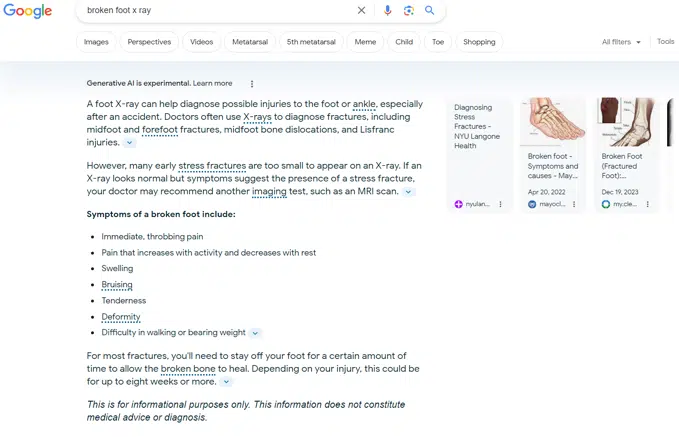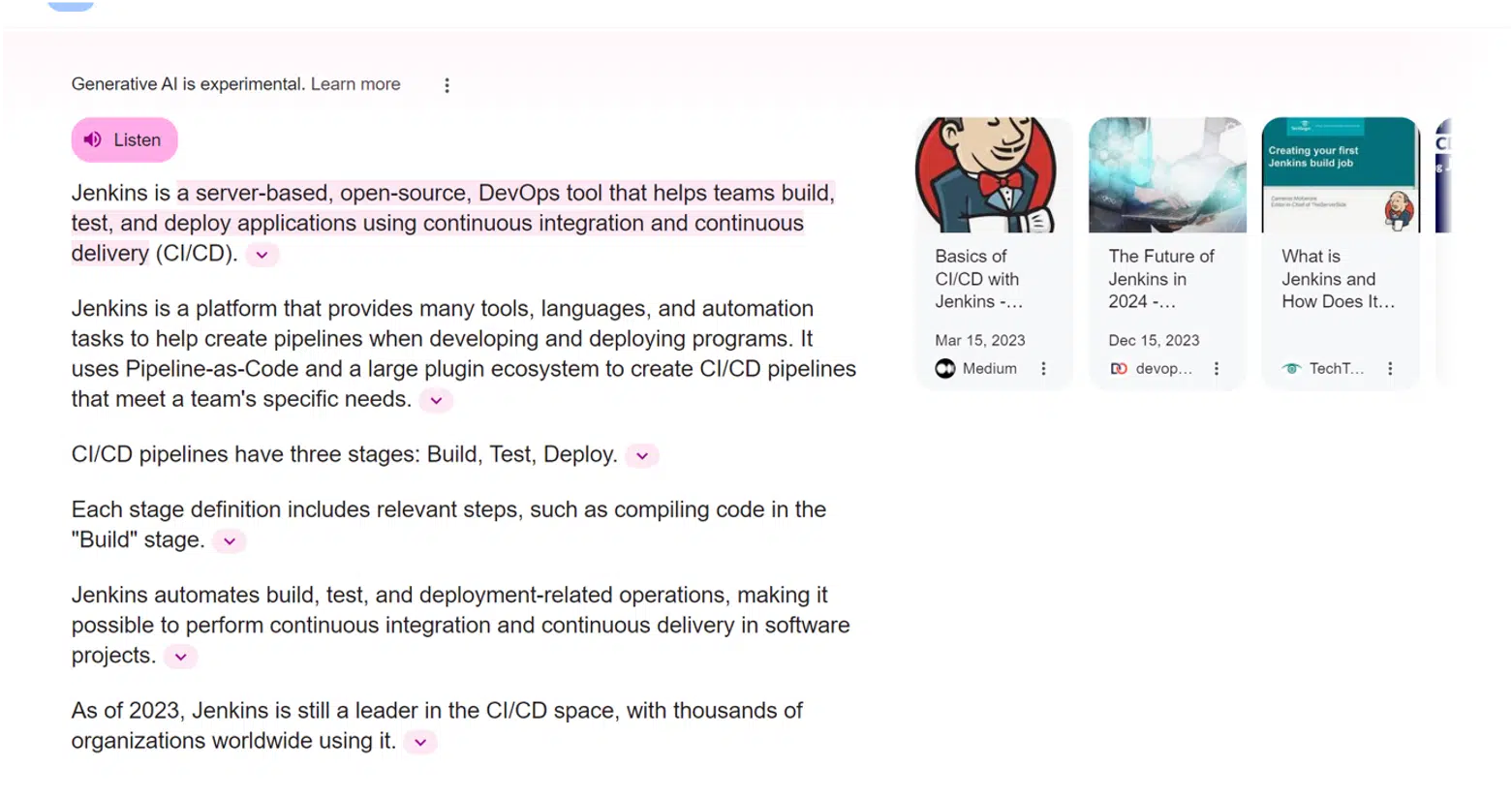Google SGE testing and development is ongoing, growing
Google's Search Generative Experience presence is growing in industries and new countries. Here's what the latest SGE activity signals.
It’s getting harder to find Google Search results that don’t include Search Generative Experience (SGE) results. In three industries (education, B2B tech and ecommerce), SGE appeared on 98% of queries over the past 30 days.
Also, it appears SGE has become active in three new countries: Romania, Poland and Turkey – though Google hasn’t announced this expansion yet.
Those findings (and more below) come from enterprise SEO platform BrightEdge and its Generative Parser, which has been tracking the behavior of Google SGE across 1 billion queries in nine industries.
Why we care. Many SEOs were recently hopeful that Google SGE wasn’t going to happen. However, Google is still investing heavily in the research and development of SGE, testing is continuing and SGE’s footprint is growing, not shrinking. The big questions remains: when will SGE will launch and what the impact will be, industry by industry.
Less “None” SGE states found. When a query doesn’t trigger SGE that is considered a “None” state. It seems we’re moving ever closer to having, well, none of these “nones.”
The shift in “None” states is particularly “dramatic” in three industries, where less than 2% of queries trigger an SGE result:
- Education.
- Eommerce.
- B2B tech.
This likely means Google is satisfied that SGE is delivering value for the users on these queries, according to BrightEdge.
More SGE breakouts. A new version of a “breakout” unordered list is now appearing in SGE. The format includes images, descriptions and sources cited.
More YMYL warnings in SGE. Since January, Google has ramped up the SGE warnings for sensitive topics, such as medical queries. As one example, [broken foot x-ray] includes the warning, “This is for informational purposes only. This information does not constitute medical advice or diagnosis.“:
More Places in SGE. Places, already one of the most common SGE modules, is now showing for 45% of location queries, up from 30% in January. This includes searches related to restaurants and travel.
SGE product viewers. Google has experimented with many formats and seems to have settled on a combination of visual and informational content when these trigger in SGE.
- The apparel viewer type is the most common one – it includes reviews, prices, images, and the merchant on each tile.
SGE features less Cons. Google has also been testing removing the Cons out of the Pro and Con boxes in SGE. This means searchers will only see pros – and these tests seem to happen for a week at a time, BrightEdge said.
Other experiments. Google has also been testing:
- An SGE review module, sourced from Google Business Profiles. This module mostly appeared for travel and destination keywords, on less than 1% of keywords.
- A listen button. So searchers can listen to the answers, part of Google’s push into providing multimodal (text and image) Search and results.
SGE expanding to more countries. Users have started enabling SGE in Search Labs in Romania, Poland, and Turkey. These three countries are not listed on Google’s Where Search Labs & experiements are available page. Even though the lab icon doesn’t appear on the Google homepage, some users have enabled it by going to labs.google.com.
Dig deeper. Google CEO talks future of SGE, Gemini, Ads and AI Search
The report. BrightEdge is now doing live SGE update monitoring as part of its resource, The Ultimate Guide to Google SGE.
Related stories
New on Search Engine Land

